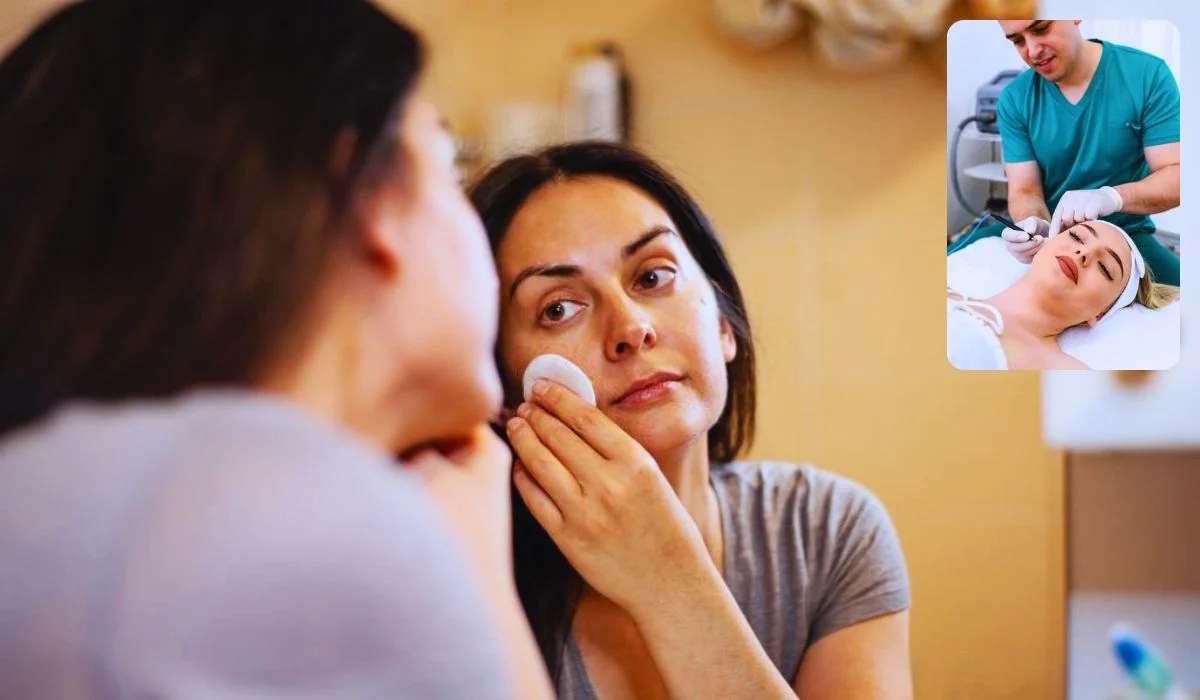Moles on the face are quite a common thing that most individuals have. But many of us find them bothersome since it affects our looks and style. That is when we began to think about removing the mole permanently from our faces.
Mole removal is also an option for those who find it difficult to carry them on account of comfort concerns. However, it is also seen that certain moles enhance the features of your face. In such cases, it is advised to keep it as it is and does not recommend removal.
Removal is also required when the growth is cancerous. But a majority of moles found on the face are not harmful or cancerous. In an average human body, a total of 10-40 moles can be seen and this is a common thing.
Mole Removal On Your Face: Does It Need Any Medical Attention?
Mole removal is a procedure that requires medical supervision and you are not encouraged to do it at home to avoid casualties. The procedure may also vary according to the size of the mole, its location of the same on the face skin, its cancerous nature, and so on.

Hence you need to consult a dermatologist to identify it as cancerous or not. This skin cancer screening can be done every year even if you do not have any mole to remove. Having a family history of skin cancer is a relevant thing that your dermatologist may consider while taking you for screening.
You can also check the cancerous nature of the mole at home but this cannot be conclusive. The asymmetrical shape of the moles, moles having irregular margins, moles with non-uniform colors, moles with unusually bigger sizes, moles having an evolutionary nature, etc. can be suspected as cancerous.
If you find moles of such nature on your face, even if does not bother you, it is highly recommended to consult a dermatologist as soon as possible, in order to avoid further complications and for early diagnosis and treatment.
Mole Removal: What Are The Common Procedures?
If the mole is not cancerous, mole removal is quite an easy procedure that would generally get completed in a few easy steps. You only need to visit the dermatologist’s office once and this can be completed in a single sitting.
The dermatologist may ask you for follow-up visits only in some rare cases. Freezing, burning, shaving, and excision are the medical procedures involved in the process of mole removal. Excision is only done in cases where the mole is suspected to be cancerous.
Freezing is the process in which liquid nitrogen is applied on top of the mole in order to freeze it. Then the top layers of the mole can be burned with the help of an electric current. Later the mole is shaved away from the surface of the skin using a surgical blade.
Excision is done to extract the remnants of the mole from under the skin too. After this procedure, the skin should be stitched back. The extracted mole is also sent to the lab if suspected of cancer.
Are Home Remedies Advisable?
If you are quite particular about mole removal at home, it is advised to consult a dermatologist and ask for their permission to do the home remedy on your mole. This is because many of the home remedies can be dangerous to the surrounding skin and the health of the individual.
Moreover, the effectiveness of such home remedies is not yet proven. Hence there is no point in applying them and experimenting with your own facial skin. Applying strong agents such as lemon juice, toothpaste, baking soda, etc. should be strictly avoided at any cost since these are highly consequential on the delicate facial skin.

